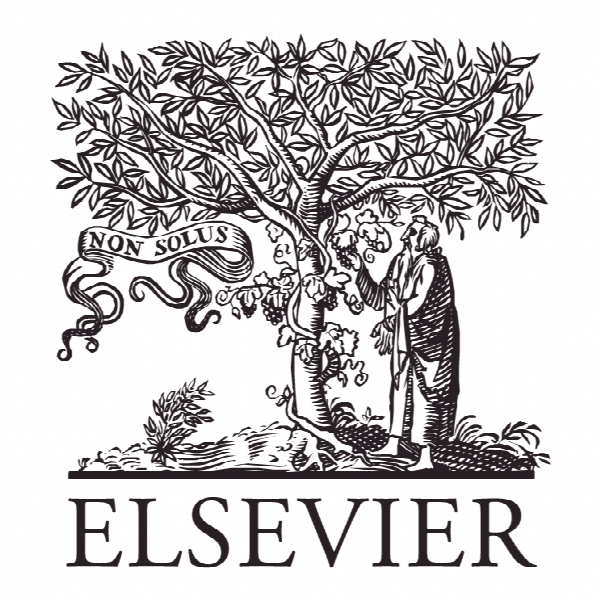مشارکت در کارآموزان حرفه ای: پیش بینی های فردی و نتایج تعهد Engagement within occupational trainees: Individual difference predictors and commitment outcome
- نوع فایل : کتاب
- زبان : انگلیسی
- ناشر : Elsevier
- چاپ و سال / کشور: 2017
توضیحات
رشته های مرتبط علوم اجتماعی
گرایش های مرتبط جامعه شناسی
مجله رفتار حرفه ای – Journal of Vocational Behavior
دانشگاه آلاباما، ایالات متحده
نشریه نشریه الزویر
گرایش های مرتبط جامعه شناسی
مجله رفتار حرفه ای – Journal of Vocational Behavior
دانشگاه آلاباما، ایالات متحده
نشریه نشریه الزویر
Description
Engagement within Occupational Trainees: Individual Difference Predictors and Commitment Outcome The rise of positive organizational behavior (Luthans, 2002) has led to a greater focus on related constructs such as work engagement, and this is true in both the realms of the workplace, as well as the educational classrooms and experiences preparing people for those workplaces (e.g., Kezar & Kinzie, 2006). However, despite evidence that engagement has a positive effect on learning (Fredricks, Blumenfeld, & Paris, 2004), little attention has been paid to engagement and its correlates at the intersection of those two realms: the education and training of those entering professional occupations. Likewise, researchers (e.g., Rothman, 2003; Saks, 2006) have argued that further inquiry into engagement and its antecedents is needed in general, but especially within the domain of academic training. Nevertheless, despite engagement having been explored as a mediator in several models, Rothman (2003) argued that many more such models are needed to better understand the nomological net within which engagement functions. Saks (2006) echoed this contention, but more specifically emphasized the need for academicallyoriented engagement models to ascertain the role that engagement plays in preparing future workers for their intended professions. Notably, this need goes beyond Astin’s (1984) theory of student involvement, which – while relevant to the extent that it recognizes both the psychological and physical energy necessary for successful pursuit of academic goals – is more targeted toward an overall student experience in the collegiate realm (e.g., including extracurricular activities), as opposed to the focus of the current study, which is concerned with engagement in one’s professional training undertakings (e.g., architecture’s hands-on studio courses). Further, since Astin’s initial work there has been considerable evidence suggesting that engagement and involvement are distinct – albeit related – constructs, and that this is the case in both the educational realm (Goodall & Montgomery, 2014) as well as the employment realm (Scrima, Lorito, Parry, & Falgares, 2014; Steele, Rupayana, Mills, Smith, Wefald, & Downey, 2012). he present study contributes toward closing the aforementioned gaps in the extant research literature by a) proposing and empirically examining a model of engagement’s relations with important employee- and occupationally-relevant constructs, and b) doing so within a sample of recent entrants into professional degree programs, thereby targeting occupational entrants at their earliest point of entry into, and training for, their respective professional fields. This has recently been suggested (Volodina, Nagy, & Koller, 2015) as a crucial time period during which to evaluate occupational interests and commitment and their individual difference predictors, and this holds especially true for job types with a strong professional identity such those studied herein. The aim of the present research is to contribute to the literature by examining an engagement model (Figure 1) that may yield important insights into how early occupational entrants experience their vocational training, thereby delineating ways that vocational training programs can enhance engagement (e.g., by enhancing motivation and/or self-efficacy) and, in turn, also enhance other positive outcomes that are of relevance to their respective professional field (e.g., commitment to the occupation). Defined as a “persistent, positive affective-motivational state of fulfillment” (Maslach, Schaufeli, & Leiter, 2001, p. 417), engagement comprises vigor (energy, effort, resilience, persistence), dedication (involvement, enthusiasm, a sense of pride and inspiration), and absorption (immersion in one’s work, the sense of time passing quickly) (Schaufeli, Martínez, Marques-Pinto, Salanova, & Bakker, 2002a; Schaufeli, Salanova, Gonzalez-Romá, & Bakker, 2002b). Although models of engagement are arguably limited (Rothman, 2003), they include a model supported by Hakanen, Bakker, and Schaufeli (2006). Grounded in the Job DemandsResources model, Hakanen et al. identified engagement as a motivational process that mediates the relation between job resources and organizational commitment. Salanova and Schaufeli (2008) likewise confirmed a model of engagement mediating the relation between job resources and proactive behavior, and others (Xanthopoulou, Bakker, Heuven, Demerouti, & Schaufeli, 2008) found that engagement mediated the relation between self-efficacy and job performance. Beyond this, Fredrickson’s (2001) broaden and build theory suggests that engagement may be predicted by other positive constructs, and may in turn be predictive of subsequent positive outcomes. This is in line with the ‘upward spirals’ facet of the theory, such that positive affective states and behaviors beget subsequent positive affective states and behaviors, which in turn beget others, reinforcing a cyclical pattern.


